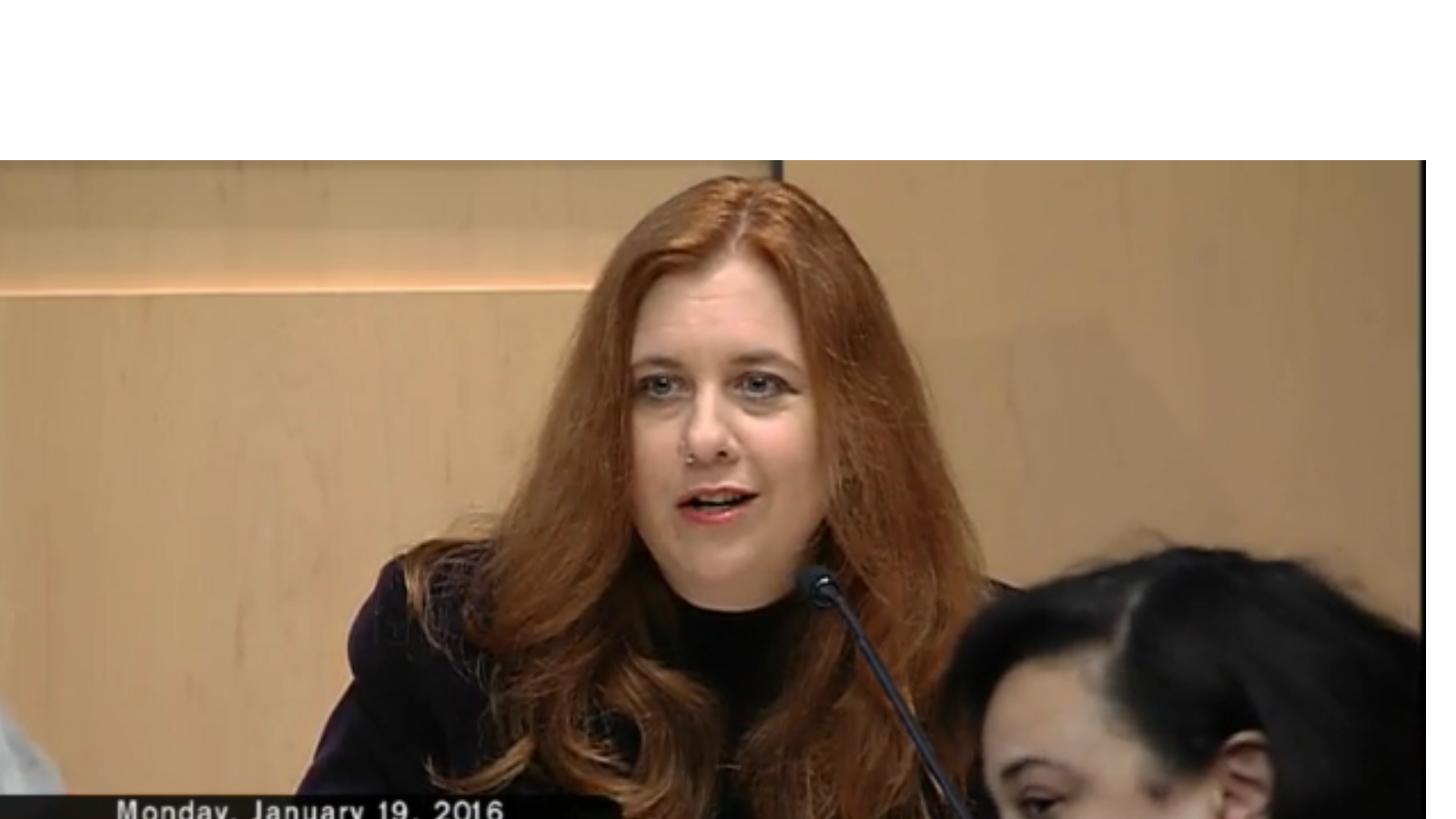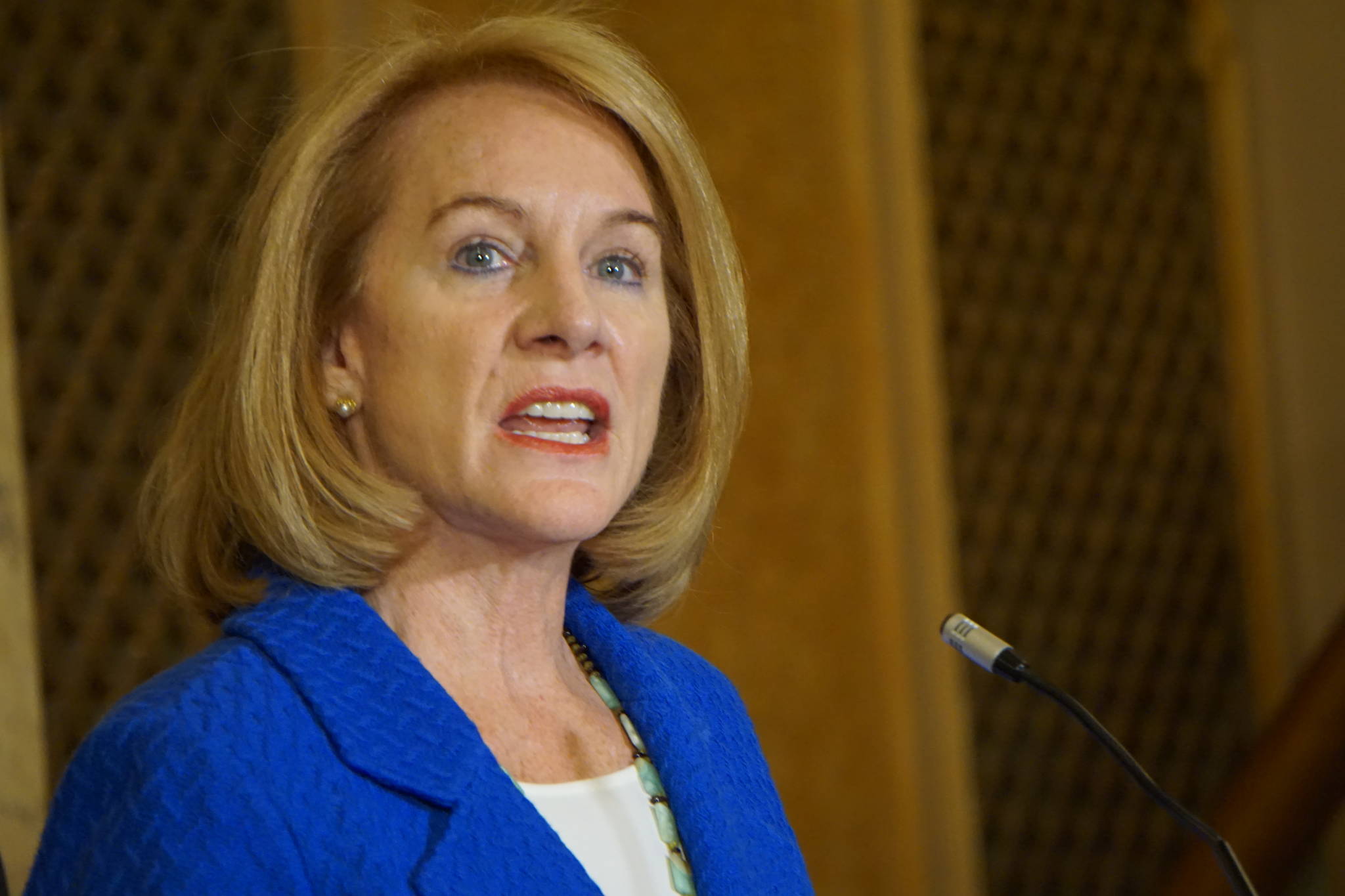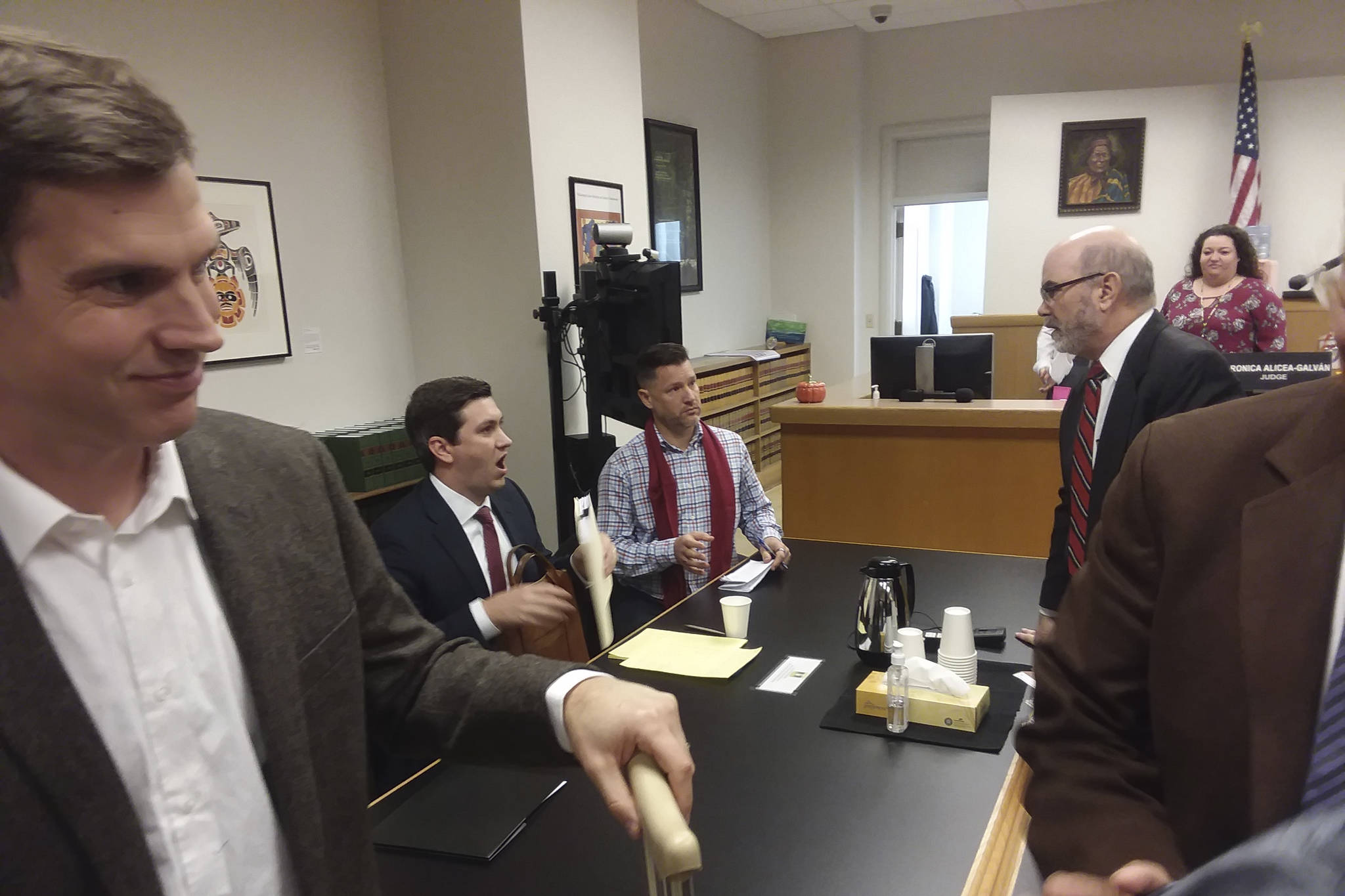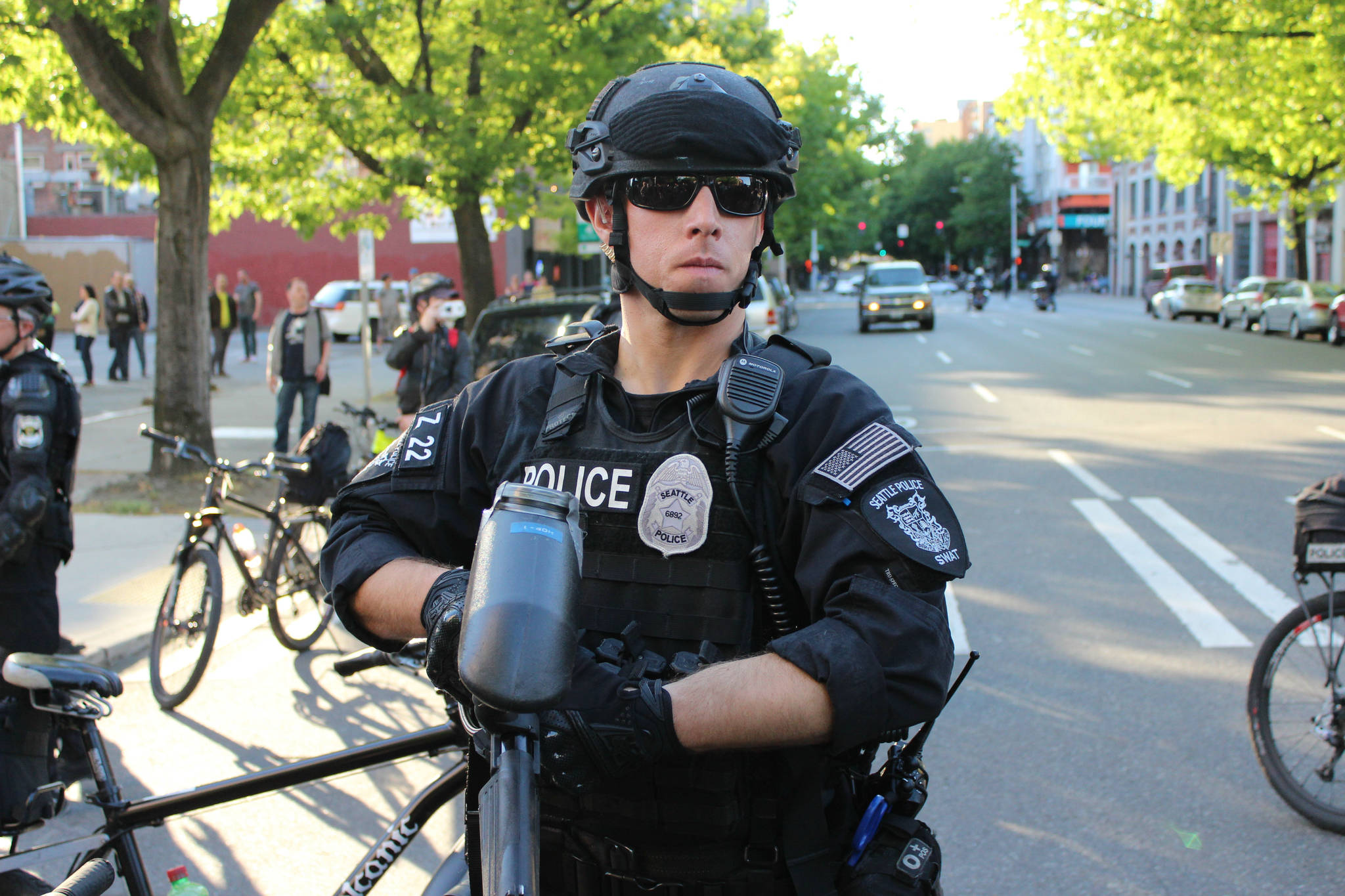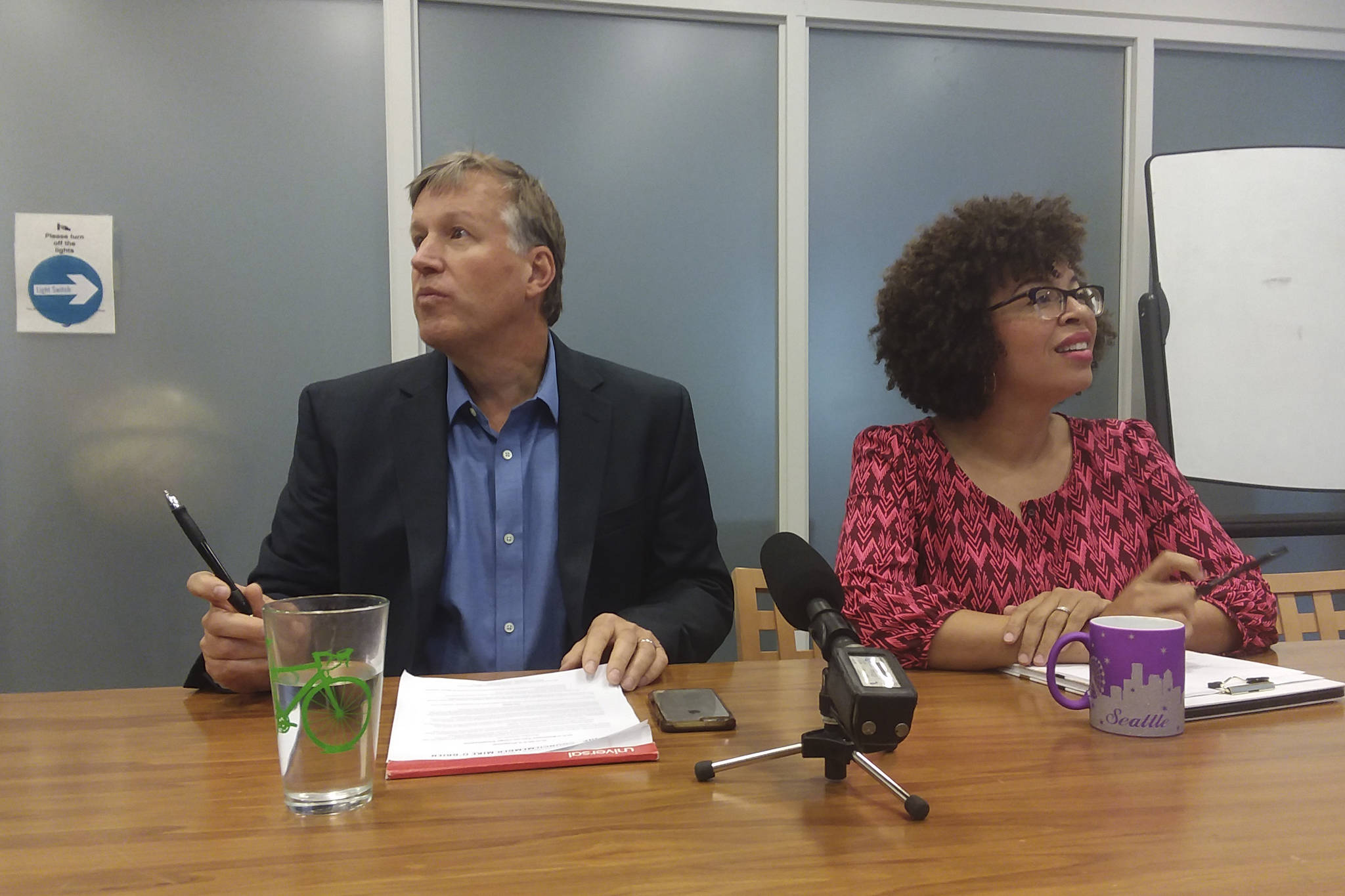The Seattle City Council is not happy with Mayor Ed Murray’s efforts to clear unpermitted homeless encampments, if this morning was any indication.
At the request of councilmember Lisa Herbold, representatives of the executive branch briefed the council this morning on its ongoing efforts to clear unpermitted encampments and connect encampers with shelter and services. Originally scheduled to take thirty minutes, the briefing occupied an entire hour during which councilmembers peppered mayoral representatives with questions and pointed comments.
According to those representatives–deputy mayor Kate Joncas, Human Services Department (HSD) head Catherine Lester, and Chris Potter of Finance and Administrative Services–the city has cleared 38 unpermitted encampments since November of last year. During those clearings, they said, city employees encountered 184 encampers and 200 tents. Up to 109 of the tents were removed by the city (some may have been reclaimed by encampers during clearings).
The executive branch’s statistics on homeless encampment clearings since November 2015.
Potter said that some of the tents were obviously garbage–for instance, those “filled with human waste” or used needles. But he also acknowledged that city employees who clear encampments use discretion in deciding what counts as garbage versus what counts as personal belongings.
“I have a lot of concerns,” councilmember M. Lorena Gonzalez told Potter. “I appreciate putting people’s belongings in storage may be a segue to providing services, but if taking people’s property and putting [it] in storage and requiring them to jump through hoops to get it back is the way that we engage people with those services, we’re doing something wrong.”
Councilmember Kshama Sawant criticized the mayoral representatives’ language, which tended to be technical and abstract. “I really think the term you are using–‘encampment removal protocols’–this is a euphemism for what is actually going on,” she said, “which is sweeping human beings off the only place they have to go.” Sawant added that her staff has had difficulty determining which city department is coordinating the clearings. (Yours truly has also encountered this difficulty). “Using terms like ‘compassion’ and ‘humane’ in relation to actual human beings” in this context, she said, is “an oxymoron.”
Herbold pressed Lester on how effective HSD’s outreach has been, noting that fewer than half of the encampers the city encountered accepted offers of shelter. As for the others, she said, “that’s over a hundred people who are very likely to have relocated in other, likely more dangerous conditions.” Many of the homeless people Seattle Weekly has interviewed say that shelters often have bedbugs.
Herbold said she’d been prompted to request today’s briefing by a December letter penned by the state ACLU, Columbia Legal Services, and the King County Coalition on Homelessness, which alleged that the city was indiscriminately disposing of encampers’ property and referring encampers to shelters that lacked the room to house them.
From that letter:
On December 7, 2015, [we] witnessed a sweep occurring under the Yesler Way viaduct, an area where people are now forced to shelter after the closing of green spaces and the prohibition on using sidewalks. With torrential rain and dropping temperatures, the sweep became a scene of devastation for those who had taken refuge there.
During that clearing, the letter says, all encampment property that was not immediately removed by encampers was thrown in the trash–that is, no one’s property was stored for later retrieval, despite stated city policy to the contrary. Again from the letter:
One man’s neatly bagged belongings, including his medication, were thrown away while he went to a nearby shelter for additional storage bags. Despite his pleas for help upon this discovery, he was not allowed to retrieve his belongings.
The encampment clearings are formally part of Mayor Murray’s Declaration of Emergency on homelessness, which he declared last year. But they’re also part of a longer-standing pattern of whack-a-mole in which city departments, unequipped to decisively address homelessness, essentially chase encampments from one spot to the next, endeavoring to obscure the existence of Seattle’s shantytowns by keeping them in perpetual migration.
Human Services and Public Health committee chair Sally Bagshaw said that her committee will discuss encampment policy at 2pm on Wednesday, February 10th (though there is an earlier HSPH committee meeting scheduled for January 27th).
The mayor announced today that within a month, the city will open two parking lots for people living in their automobiles. One will be located in Delridge, the other in Ballard.
UPDATE: the Public Defender Association released a letter echoing concerns about the ethics and legality of clearing encampments. From the letter:
Commonly referred to as “homeless sweeps,” these so-called interventions are not interventions at all, unless the individuals being forced to move–often compromising their personal property, and sense of security and community–has a meaningful alternative. Short of specific, documented safety concerns, sweeps of encampments should not occur until the city can ensure that every person displaced has a safe and secure place to stay, and keep their possessions, which the person actually is qualified to remain in (even if they are active drug users, have warrents or particular criminal history) and to which the person knows they have the right to return, day after day…Until we can provide a meaningful alternative for individuals who are unsheltered, the focus of City efforts should not be on moving people who are unhoused “for their safety,” but rather actually making life as safe as possible in the place people have chosen in absence of a better choice.
